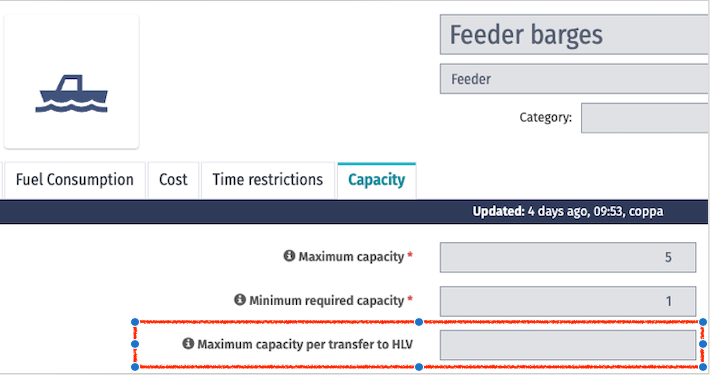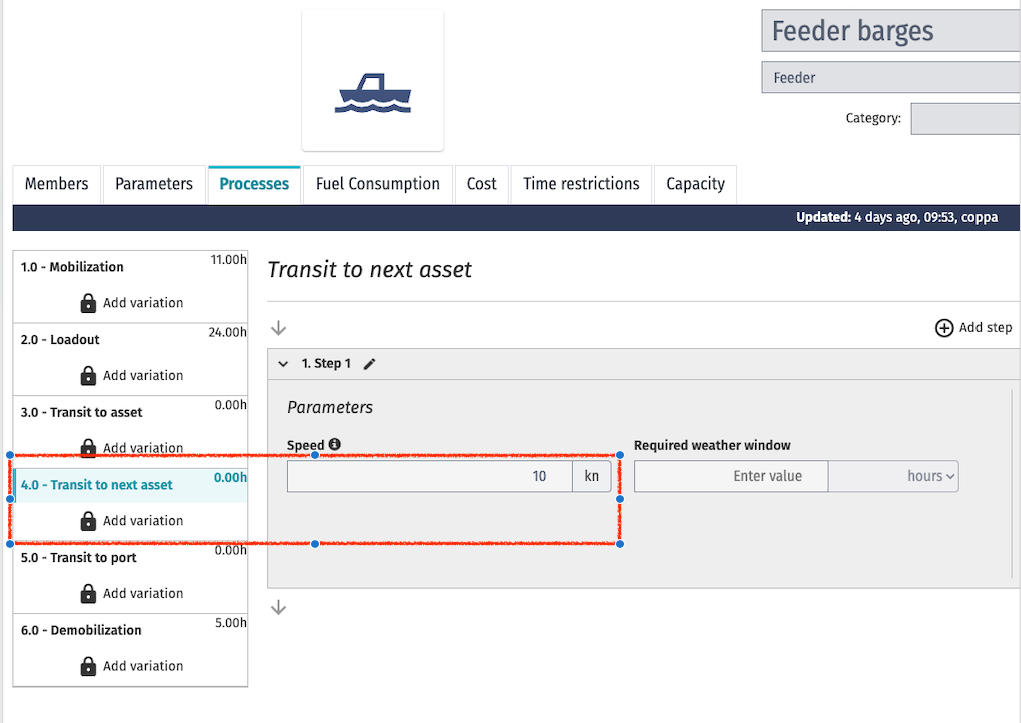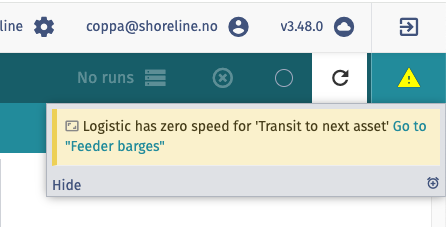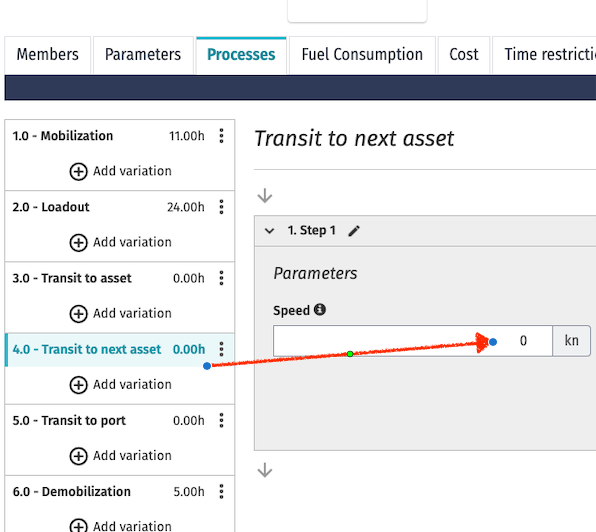Simulation: October 7, 2024
Feeder scenario modeling enhancements
We are pleased to announce the launch of the Enhanced Feeder Modeling feature in our Design Construction software. This update introduces the ability for feeders to remain offshore for extended periods, delivering multiple assets sequentially to installation vessels with limited space. The new capabilities aim to enhance operational planning, improve installation workflow, and optimize feeder/barge usage in offshore wind projects.
Key Benefits:
- Feeders now have the ability to carry multiple components simultaneously and deliver them one at a time as installation vessel deck space becomes available in the case.
- Feeders can stay offshore longer, reducing the need for frequent returns to port, which lowers fuel costs and increases efficiency in the simulation model.
Technical Overview:
- We’ve added a "Maximum capacity per transfer to HLV" field to define how many components a feeder can deliver in one trip. If more tasks remain, the feeder will automatically move to the next location and await further transfers.


- A new "Transit to Next Asset" process has been introduced to handle feeder movement between locations. By default, the speed for this step is set to 0, following standard configuration rules.

Action required for existing cases
In existing cases, the default speed for this step is set to 0, which will result in the case failing.
A case checker will notify you to configure the speed for the new "Transit to Next Asset" step.

You must manually set the speed to an appropriate value before running the simulation again.

Bug fix
We have addressed and removed faulty error notifications in Design construction > Asset > Task tab to improve the user experience and reduce confusion.